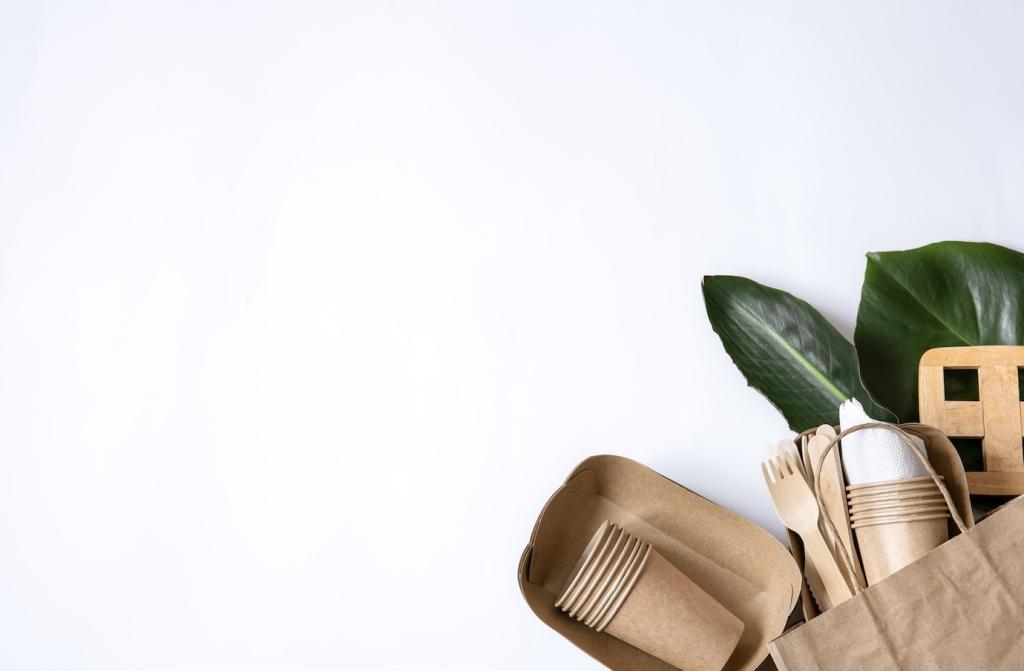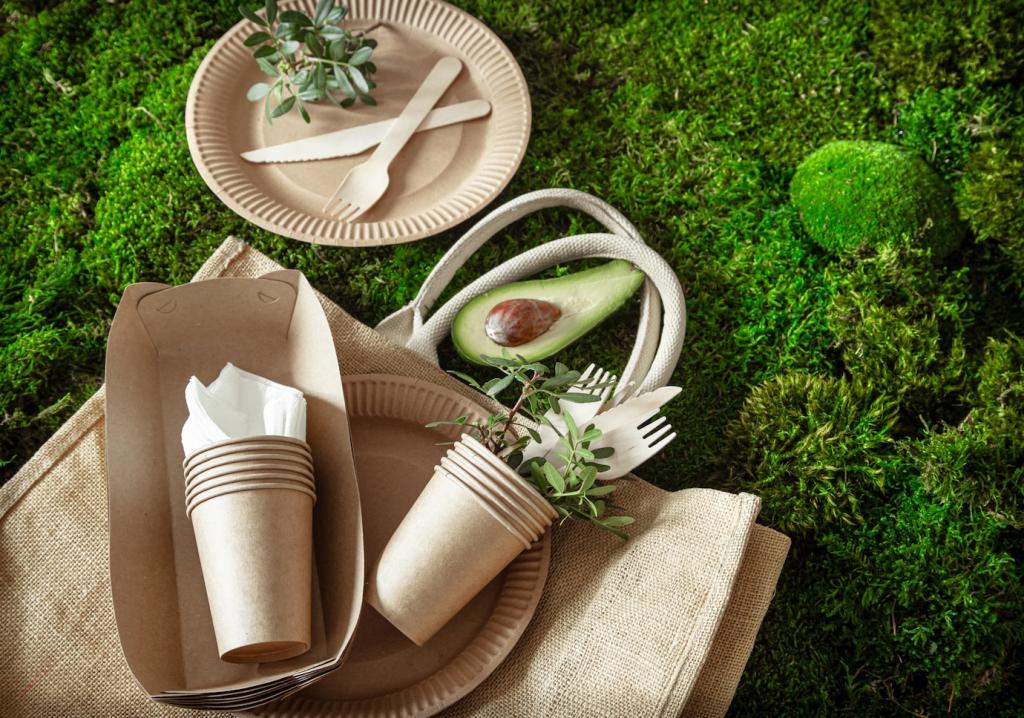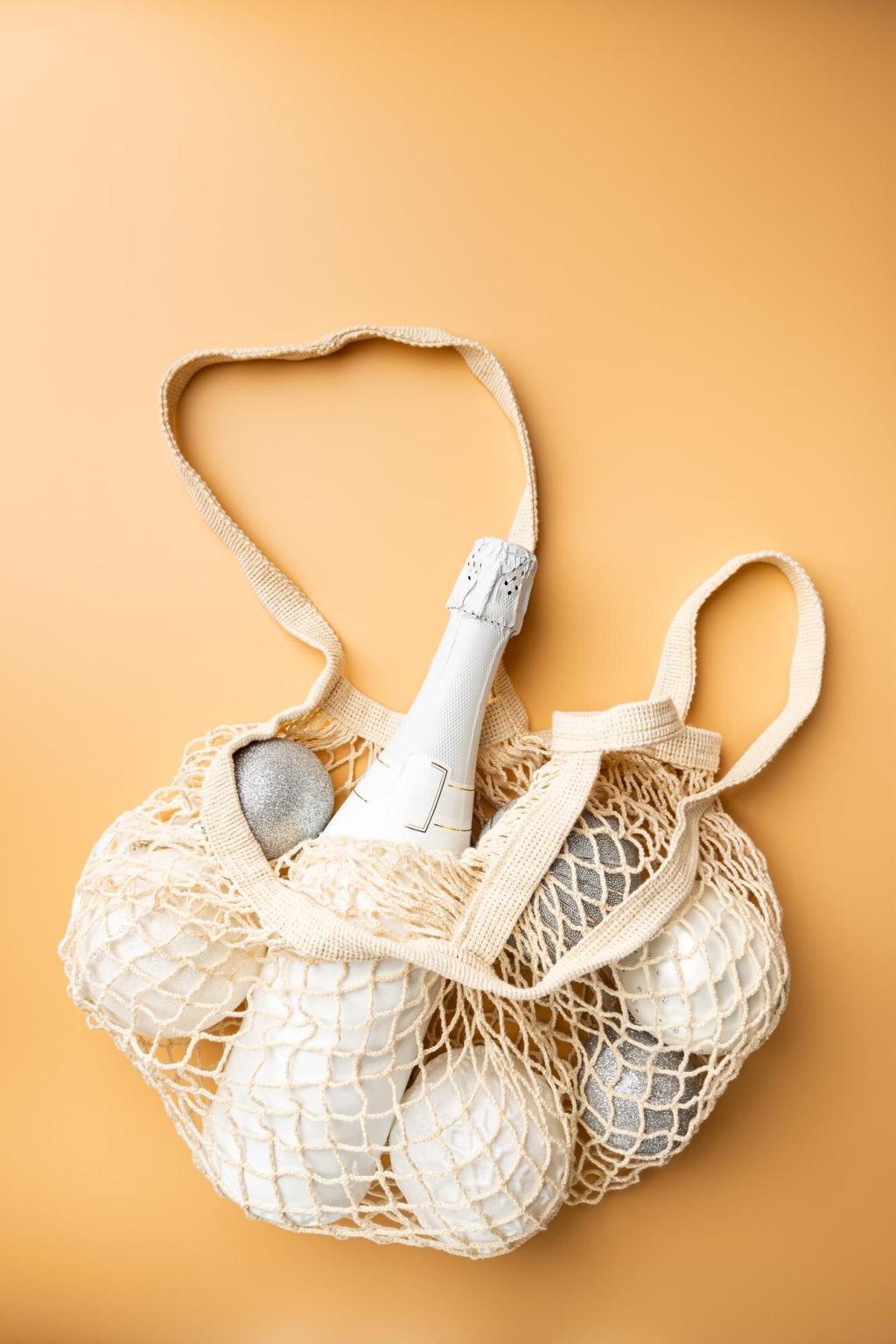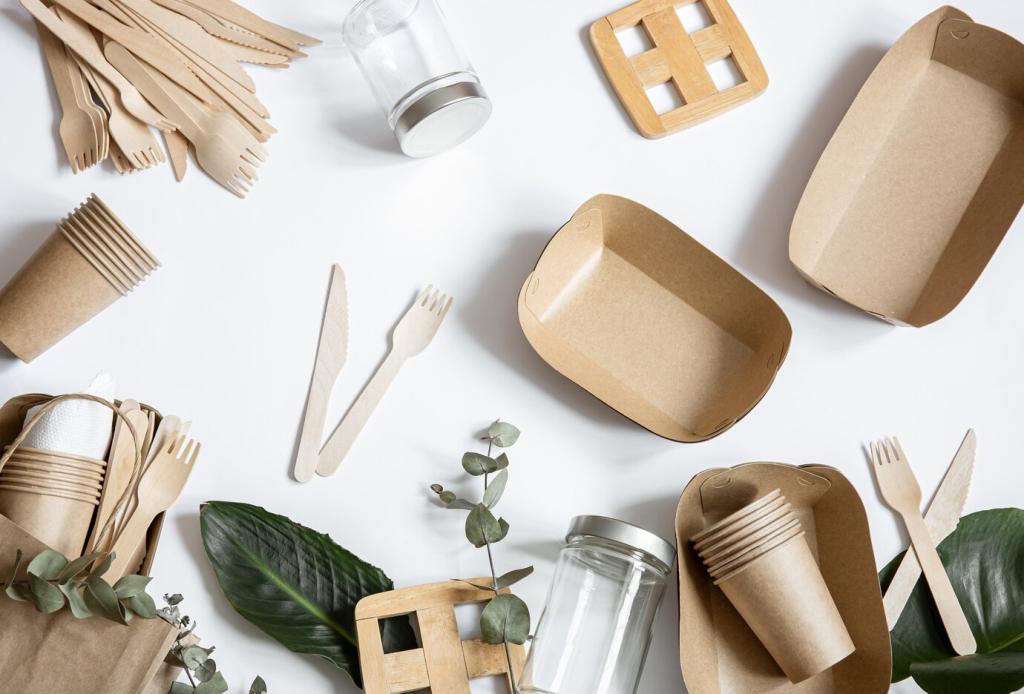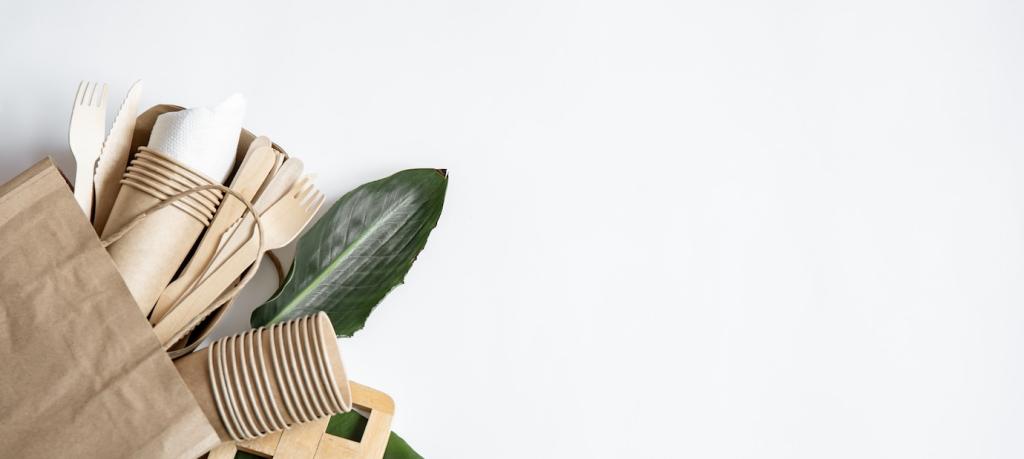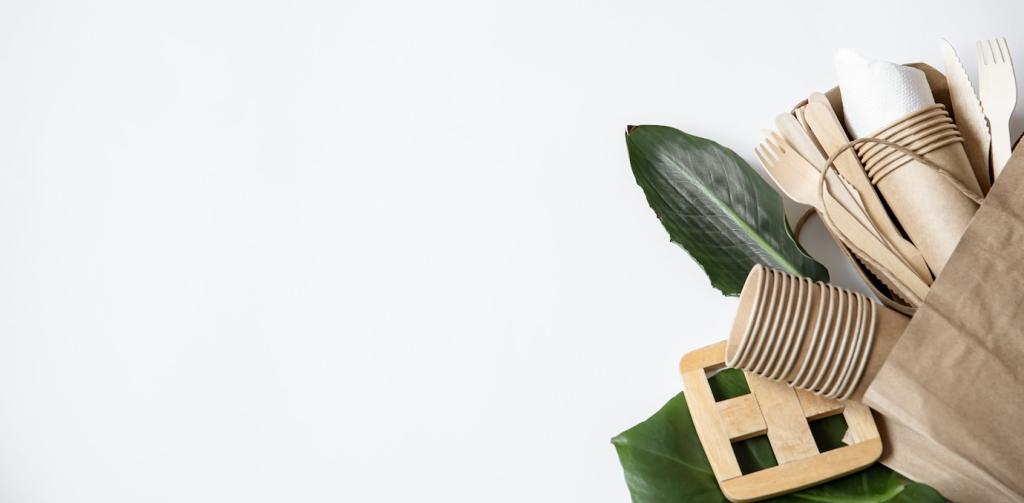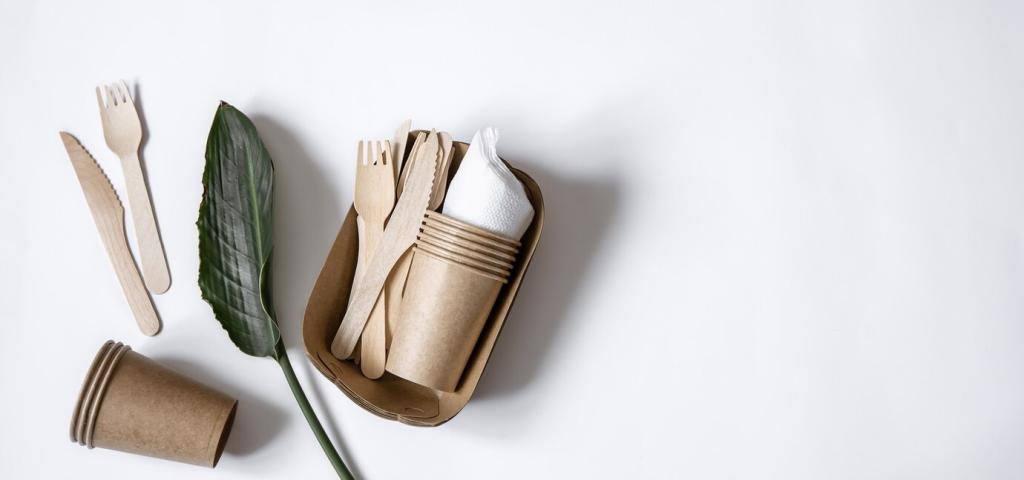Plastic-Free Food Storage from Pantry to Freezer
Mason or clip-top jars tame bulk grains, spices, and snacks, making your pantry look calm and beautiful. Write contents and dates with a grease pencil. Tight glass seals deter pantry moths, and the clear sides help you shop your shelves before buying more.
Plastic-Free Food Storage from Pantry to Freezer
Beeswax wraps hug half-cut citrus, loaves, and bowls, then wash for hundreds of reuses. Elastic fabric covers turn plates into lids in seconds. When in doubt, the simplest swap shines: place a smaller plate over a bowl and refrigerate—no plastic needed, no waste created.

